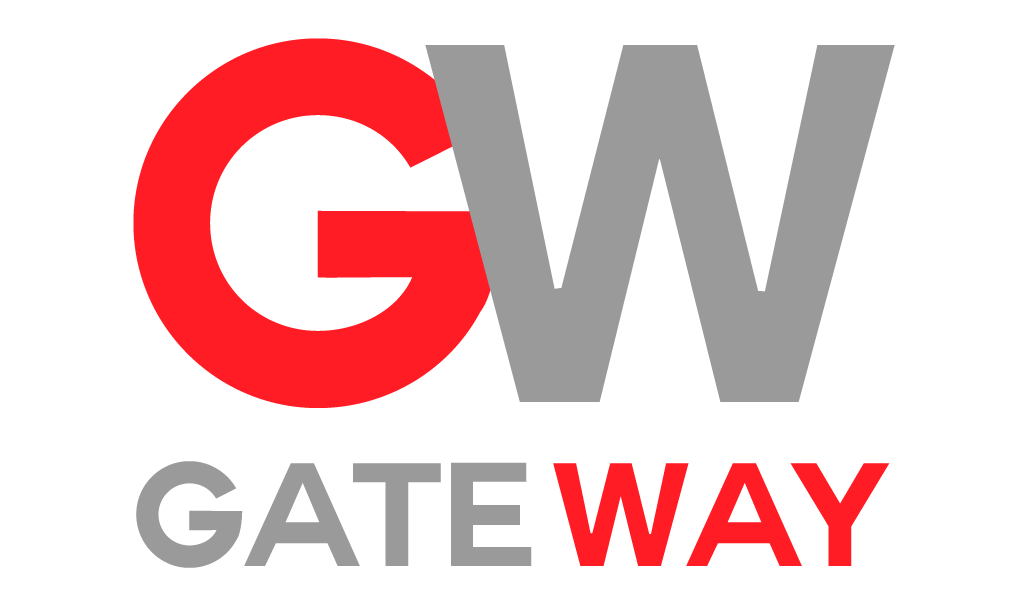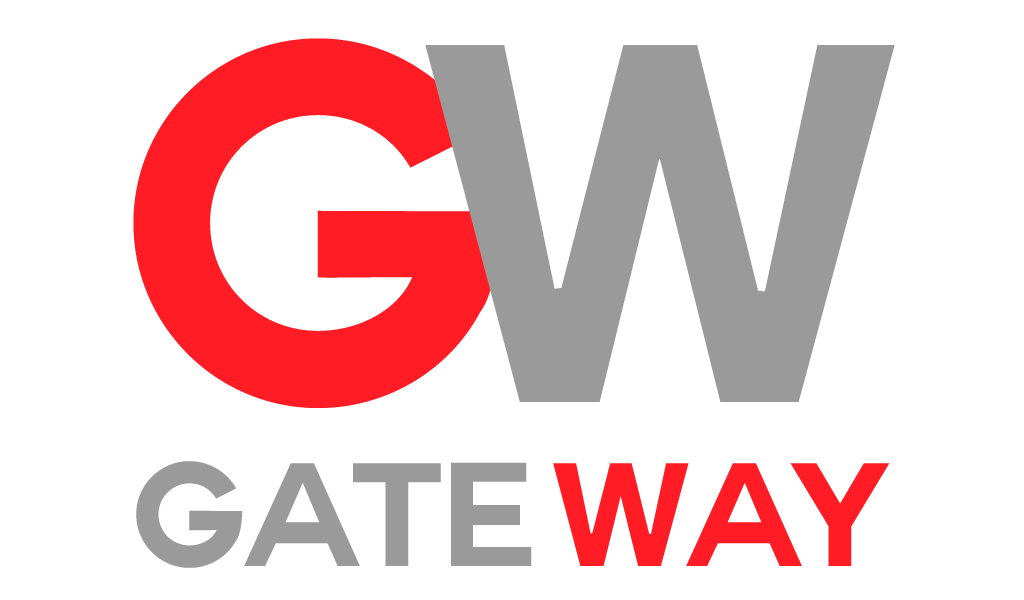
LinkedIn is the largest candidate database out there, 780 million users, all data is self reported so is extremely reliable. That last phrase “self reported” is the kicker here, if you don’t report it then nobody will know but just like every marketing effort, you also need to think about how you get found, ie how you start to rank higher in any search.
These 10 hints below will help you get ranked higher in any search but also make your message a lot more compelling when a reader finds you.
For many of the tips below you’ll need to bear in mind that LinkedIn uses a flavour of Boolean search, note the word “flavour”, it’s not true Boolean search but close enough for our purposes. Also bear in mind that I can help you with this advice because I throw thousands of dollars annually at Linkedin so have access to their very best search tools.
- What job title are you using?
When recruiters go to LinkedIn they typically have a fairly vanilla job title to search against. Whatever your job title in your current or past company, make it something that is searchable. For example, if you were the “Sales Enablement Leader” become the “Sales Manager” or “Sales Operations Manager”. Don’t be the “Chief Information Technology Officer” or “CITO”. You’ll never be found!
- Use that “About” section
2600 characters of goodness. Use it. The search algorithm on Linkedin appears to favour certain search terms so if you really want to be found for “digital transformation”, don’t find 5 different ways to say it, actually say it 5 times.
- List out your achievements and responsibilities fully in your career history
Back to the search algorithm, make sure that you reinforce the word track and the message in the About section. All those key words need to be found here too.
- Skills and endorsements
See 4. Ditto. Plus, it can also be a bit of a dumping ground of skills and experiences that didn’t make it to your main profile OR need mentioning again. To the best of my knowledge, the number of times that you get endorsed is irrelevant and has no impact on being found.
- Stay active on LinkedIn
Candidates who are “more likely to reply” can be flagged in LinkedIn. Recruiters are more likely to initiate contact if the candidate is more likely to reply, it’s that simple. One of LinkedIn’s key measures here is how active you are on LinkedIn, don’t just log in and log out; post, share, like, apply to jobs, all of this will get you found easier in a search because LinkedIn likes users and active participants.
- If you’re #Opentowork” say so!
This is just an extension of above. You don’t have to put that silly green circle around your profile photo, you can just change it in settings on your profile, either change has the same impact but if you choose not to use the silly green circle then recruiters who don’t pay for the premium version of recruiter won’t find you.
- Your profile photo
Linkedin did some research a few years ago. If you have a profile photo then your profile is 14X more likely to be read. Need I say more? Go to Walmart, drop 30 bucks and get a headshot done, no cat photos.
- Your contact information
If we’re connected then I have access to the contact information that you put in your “contact info” section. If we’re not connected then I can still find your email address and about 60% of the time I can find a cell phone number too. It’s what I do. But maybe make it easy to be found, put your contact information front and centre on your profile. You’re only trying to minimize resistance and make it easier to be found.
- Try LinkedIn Premium
It’s $30 a month I think. Again, it’s easier for you to be contacted as the recruiter doesn’t have to use an Inmail credit (for those recruiters too cheap to buy a premium recruiter licence), you get access to certain tools and you become “more likely to be found”.
- Let’s wrap all this up with a biggie
As you’ve seen with a few of the hints, LinkedIn search relies on certain keywords being found repeatedly. Therefore, you need to be sure that those keywords keep coming up. You ‘ll need to identify what those keywords are so just do a search for people like you in LinkedIn and whoever is there, just take a look at what keywords they’re using and where.
If you want to see how your profile is doing in the bigger scheme of things and you’re an executive leader, drop me a note and I’ll be happy to do a screen share and show you what recruiters see and how you can optimize your profile better.

